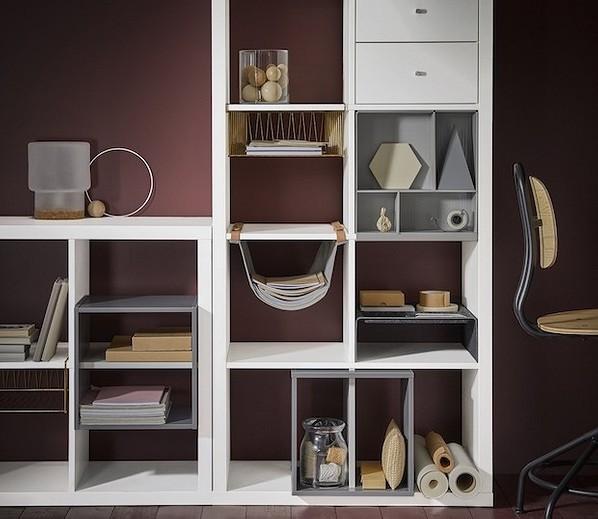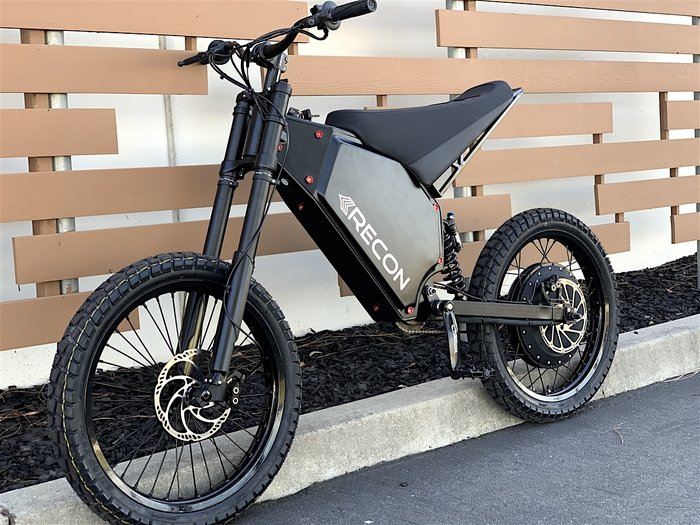
Smart folders and shelves
Mrs Sophie! Please give me invoice no. 24568/2010! And what did Mrs. Zosia do? She opened a cabinet where invoices were stacked one after the other, and took out the required document relatively quickly. Okay, but if the authorities now wanted an offer for the supply of cement, and then a letter to the tax office, then what? Mrs. Zosya must have had as many different groups of folders, folders and folders as there were different cases in her "kingdom".
And what was similar when registering a large clinic? A patient would come, for example, Mr. Zhukovsky, and we had to look for him on the shelves with boxes, where various envelopes with patient cards with the letter “F” were neatly laid out. What if Mr. Adamczyk came after Mr. Zhukovsky? The registrar had to run through the rows of offices to find a group of surnames beginning with the letter "A".
This nightmare of all such institutions, offices and offices has a chance to become a thing of the past. All this thanks to mechanized and computerized carousel racks, sometimes called paternoster racks. The idea of these devices is simple and clear.
Externally, the paternoster looks like a huge wardrobe, sometimes occupying two or three floors, each of which has a window to access its resources. Here is such a typical, not very large bookcase. (1). The main element of the rack is a gear, most often a chain or cable 1, connecting two wheels of the same diameter 2. The lower wheel - 3 - most often a wheel driven by a motor with a gearbox that reduces speed. control of the movement of shelves by the same value or its multiplicity.
In the designs of different companies, of course, you can find various variations of this basic version, for example. (2). It all depends on what will be stored in the containers standing on the shelves of the rack. For if the weight of the contents were evenly distributed, the single-point-hung containers would hang more or less parallel to the horizontal. This may be the case when storing documents of the same size, such as A4, which provide a constant position of the center of gravity in relation to the horizontal.
And if the regatta is served by a warehouse of auto parts? It is difficult to expect from the staff of the game with fine tuning of details, some of which can weigh up to 20-30 kg, while others - a dozen grams! Then systems with guides are applied, providing a rigid direction of the shelves on the vertical sections of the wardrobe. Worse when it comes to "turns" when a shelf with containers has to run over the top or under the bottom axle.
The heaviest racks, designed for the heaviest parts, use gear systems. Same as Falkirk Scottish Lock (MT 2/2010). Picture (3) a schematic drawing of such a system is shown: a central gear 1 rotating synchronously with a chain or cable wheel, for example 1 on (1) , it engages with gears 2, which, in turn, engage with external wheels 3. Wheels 3 have guides 4, which always maintain their vertical position during such interaction. During the operation of the drive system, the corresponding shelf protrusions protruding from the vertical rails of the cabinet hit the wheel rails 3 and then are guided to a fixed position, regardless of the symmetrical or unsymmetrical load. So, as you can see, there is a way out for everything! Of course, there are more such and similar shelving systems, but we are not writing an encyclopedia of paternoster files here.
How does it work as a result? It's very simple. If this is, for example, a set of documents when registering a large medical clinic, the patient goes to the window and gives his last name: for example, Kowalski. The registrar is typing. this is the name on the keyboard of the host computer, and after a few seconds, a shelf of patient records appears with names starting with the letter "K" and even includes several more. The registrar will ask for a name, and then (on some systems) an LED will appear on the strip along the service window and it will light up above the document folders corresponding to patients with the last name and first name of Kowalski, for example, Jan. Of course, there may be several Janov Kowalski, but then it's a matter of a dozen seconds.
By the way, the PESEL number system greatly simplifies such procedures, because there cannot be two people with the same number.
Overall, this means a huge acceleration in serving mass customers or recipients, such as electronic components, auto parts, home appliances, and many others.
(4) shows an outside view of such a file - a rack. Such an office can be much larger and pass through 2-3 floors, each of them will have service windows. The computer control system automatically optimizes the movement of the conveyor with shelves. This means that the shelf we need will reach the service window in the shortest way, and if the system supports several floors, then individual windows will be operated on the principle of minimizing the operation of the conveyor, which means that the first window that appears first will not necessarily be served first, only this and the next , which will satisfy the needs of operators with the minimum possible work of the carrier.
Overall: Simplicity combined with computer prowess. It is worth realizing that a similar system worked in ... the Roman Colosseum, as an elevator to transport animals, jewelry, people, etc. to the appropriate levels. Only then the drive and management was carried out by groups of slaves!
